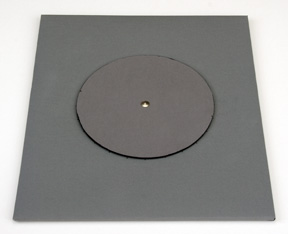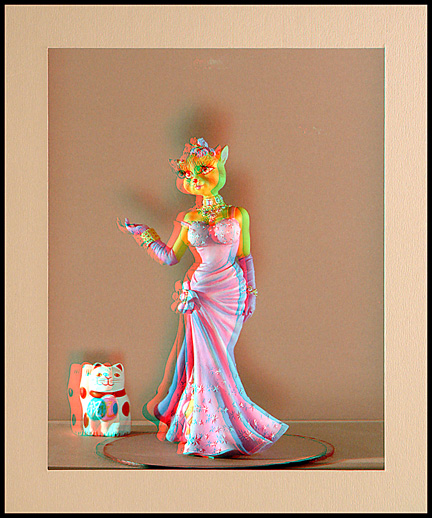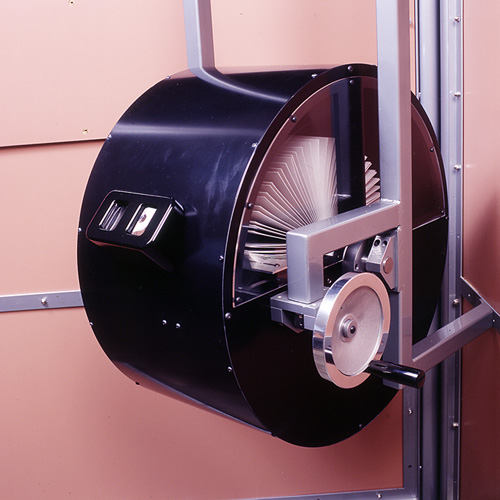|
PIROUETTE IN 3D and an original 3D flipbook |
|
|
The Stereotrope article in this website described how this device uses a sequence of still stereo slides which when viewed in rapid succession give us the impression of movement. Following is a description of how to make a 3D flipbook using anaglyph still pictures. The classic flipbook was invented and patented in 1882 by Henry Van Hovenbergh. It consisted of simple sequential drawings on small pages laid on top of each other. When those are flipped fast, we perceive motion. The same principle of persistence of vision that works in the Stereotrope allows a flipbook to work as well. I have never seen a 3D flipbook before, and I believe this is the first of its kind. The most challenging and time consuming part of this endeavor is creating the sequential images. This part is not unlike other hand drawn animations in that each “frame” needs to be created individually. I decided to approach this part by photographing a turning figurine placed on a “stage” as in the 3D picture below. |
|
 |
|
| I made a simple turning table from a round piece of cardboard pinned onto a piece of foam board. I drew a circle around the turning table and placed 24 equal distance marks. A small mark on the turning table allowed me to move the disk to one of 24 equal marks. |
 |
| This whole contraption was placed behind a well lit “stage”. I photographed the figurine in sequence at each of the 24 marks making sure that my camera was steady and nothing else moved other than the figurine. As I shot the 24 frames with a digital stereo camera, I ended up with 24 left/right pairs. The picture on the right shows a sample anaglyph from that sequence. |
 |
|
I then converted all the pairs into anaglyphs using several actions in Photoshop to speed up the job, printed all images, cut the pages as accurately as I could, stapled all of them together and ended up with a nice looking flipbook that shows a spinning figurine in anaglyph 3D form.
|
|
| A few years ago in my design business, we made a large mechanical 3D flipbook. This was one from a series of animation exhibits which included the Stereotrope and several others all showing principles of animation. The picture below shows this device which has a sequence of 80 stereo cards. A stereoscope allows the visitor to see a movement in 3D. | |
 |
|
|
We drew the inspiration for this 3D device from the classic Mutoscope invented by Dickson after he left Edison labs. Just prior to that, while working for Edison, Dickson invented the Kinetoscope, which together with the Mutoscope were the precursors of today’s cinema. Both the Kinetoscope and the Mutoscope were used along with other Nickelodeon machines in penny arcades at the turn of the 20th Century. As with the 3D flipbook, I believe that the 3D device we made was a first of its kind, although the Mutoscope has a legendary history. The small company soon became the American Mutoscope and Biograph Company, which is the oldest movie production company in the United States and was the home of D.W. Griffith and Mary Pickford among other movie legends. The company is still active today. |
|
| I created especially for this article a short 23 second animation using the same images as those in the flipbook. | |
| Play a 23 Second Anaglyph Animation | |
